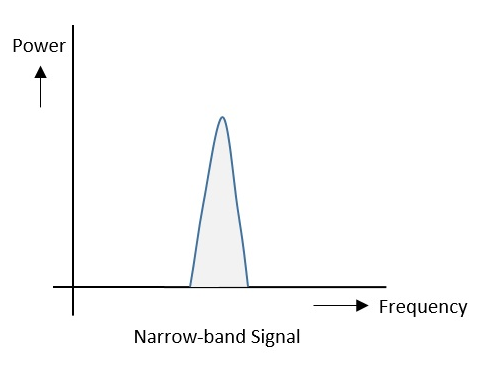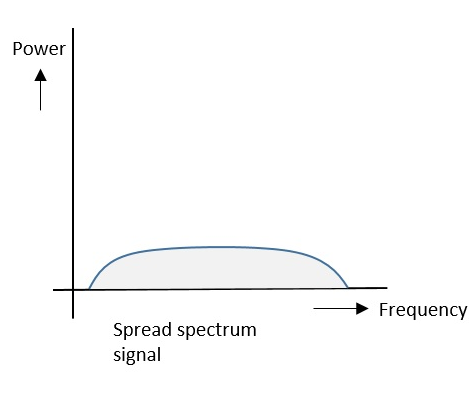Browsing the web using the WML browser is only one application for a handheld device user. Say a user still wants to make phone calls and access all the features of the mobile phone network as with a traditional mobile phone. This is where the wireless telephony application (WTA), the WTA user agent (as shown in Figure), and the wireless telephony application interface WTAI come in. WTA is a collection of telephony specific extensions for call and feature control mechanisms, merging data networks and voice networks.
The WTA framework integrates advanced telephony services using a consistent user interface (e.g., the WML browser) and allows network operators to increase accessibility for various special services in their network. A network operator can reach more end-devices using WTA because this is integrated in the wireless application environment (WAE) which handles device-specific characteristics and environments. WTA should enable third-party developers as well as network operators to create network-independent content that accesses the basic features of the bearer network. However, most of the WTA functionality is reserved for the network operators for security and stability reasons.
WTA extends the basic WAE application model in several ways:
● Content push: A WTA origin server can push content, i.e., WML decks or WMLScript, to the client. A push can take place without prior client request. The content can enable, e.g., the client to handle new network events that were unknown before. Access to telephony functions: The wireless telephony application interface (WTAI, WAP Forum, 2000m) provides many functions to handle telephony events (call accept, call setup, change of phone book entries etc.).
● Repository for event handlers: The repository represents a persistent storage on the client for content required to offer WTA services. Content are either channels or resources. Examples for resources are WML decks, WMLScript objects, or WBMP pictures. Resources are loaded using WSP or are pre-installed. A channel comprises references to resources and is associated with a lifetime. Within this lifetime, it is guaranteed that all resources the channel points to are locally available in the repository. The motivation behind the repository is the necessity to react very quickly for time-critical events (e.g., call accept). It would take too long to load content from a server for this purpose.
● Security model: Mandatory for WTA is a security model as many frauds happen with wrong phone numbers or faked services. WTA allows the client to only connect to trustworthy gateways, which then have to check if the servers providing content are authorized to send this content to the client. Obviously, it is not easy to define trustworthy in this context. In the beginning, the network operator‟s gateway may be the only trusted gateway and the network operator may decide which servers are allowed to provide content. Figure 10.30 gives an overview of the WTA logical architecture.
The components shown are not all mandatory in this architecture; however, firewalls or other origin servers may be useful. A minimal configuration could be a single server from the network operator serving all clients. The client is connected via a mobile network with a WTA server, other telephone networks (e.g., fixed PSTN), and a WAP gateway. A WML user agent running on the client or on other user agents is not shown here.

The client may have voice and data connections over the mobile network. Other origin servers within the trusted domain may be connected via the WAP gateway. A firewall is useful to connect third-party origin servers outside the trusted domain. One difference between WTA servers and other servers besides security is the tighter control of QoS. A network operator knows (more or less precisely) the latency, reliability, and capacity of its mobile network and can have more control over the behavior of the services. Other servers, probably located in the internet, may not be able to give as good QoS guarantees as the network operator.
Similarly, the WTA user agent has a very rigid and real-time context management for browsing the web compared to the standard WML user agent. Figure shows an exemplary interaction between a WTA client, a WTA gateway, a WTA server, the mobile network (with probably many more servers) and a voice box server. Someone might leave a message on a voice box server as indicated. Without WAP, the network operator then typically generates an SMS indicating the new message on the voice box via a little symbol on the mobile phone. However, it is typically not indicated who left a message, what messages are stored etc. Users have to call the voice box to check and cannot choose a particular message. In a WAP scenario, the voice box can induce the WTA server to generate new content for pushing to the client. An example could be a WML deck containing a list of callers plus length and priority of the calls. The server does not push this deck immediately to the client, but sends a push message containing a single
URL to the client. A short note, e.g., ―5 new calls are stored", could accompany the push message. The WTA gateway translates the push URL into a service indication and codes it into a more compact binary format. The WTA user agent then indicates that new messages are stored. If the user wants to listen to the stored messages, he or she can request a list of the messages.
This is done with the help of the URL. A WSP get requests the content the URL points to. The gateway translates this WSP get into an HTTP get and the server responds with the prepared list of callers.
After displaying the content, the user can select a voice message from the list. Each voice message in this example has an associated URL, which can request a certain WML card from the server. The purpose of this card is to prepare the client for an incoming call. As soon as the client receives the card, it waits for the incoming call. The call is then automatically accepted. The WTA server also signals the voice box system to set up a (traditional) voice connection to play the selected voice message. Setting up the call and accepting the call is shown using dashed lines, as these are standard interactions from the mobile phone network, which are not controlled by WAP.










